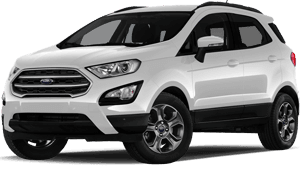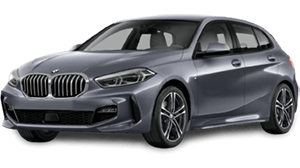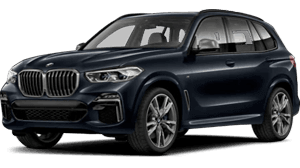Ce este pretul "de la"?
Pentru a calcula pretul exact si a vedea ce este liber completeaza o cerere de oferta. Pe site afisam doar pretul indicativ valabil pentru extrasezon / luna ianuarie, la perioade de +31 de zile, in varianta cu garantie standard de 1000-1500 euro in functie de clasa masinii si depozit blocat pe card de credit. Pentru a obtine rata aplicabila completati formularul de "estimare pret" si in functie de masina disponibila revenim cu tariful furnizorului unde este libera. Toate tarifele includ TVA si asigurare RCA si sunt valabile pentru masinile preluate in extrasezon (1 ianuarie 2024 - 31 martie 2024). Pentru oricare alte perioade, in sezonul estival, de Craciun sau de Paste, tarifele variaza masiv si pot fi mult mai mari. Completati formularul din pagina masinii dorite pentru a va calcula o oferta concreta de pret in functie de perioada de inchiriere dorita si disponibilitate.
Focsani is the residence of Vrancea county and it is located on the border between the historical regions Wallachia and Moldavia. Also called "the city on Milcov", Focsani is known by most Romanians as the city of the Union (signed here in 1859, the act formalises the unification of Moldavia with The Romanian Country).
The name of the city comes from the boyar family Focsa, known ever since the time of Stephen the Great. The city began to grow due to the trades between the two Romanian principalities, as trade routes were crossing the city).
Did you know that:
- In 1859, Focsani was proposed as the capital of the state but the proposal was rejected because of the close proximity to Russia?
- The Live Fire Nature Reserve is unique in Romania?
- The Reserve is located 37 km away from Focsani and it's characterized by a natural phenomenon in which gases escaping through the cracks in the earth's crust to the surface are lit by the sun?
Being located on the historic border of the two principalities, in Focsani there is a monument (The Landmark) inaugurated by Nicolae Iorga in 1931 on the site of the old landmark. Also in town there are two churches built centuries ago, the Prophet Samuel Church (built in 1756) and New St. Nicholas Church (built in 1732), along with other churches.
Also in Focsani we can visit a series of five museums (History Museum, Village Museum, Vrancea Museum, Natural Sciences Museum and the Romanian Heroes Mausoleum). And if we want to end the day with a show, the Theatre and the Athenaeum are waiting with the gates wide open.






























